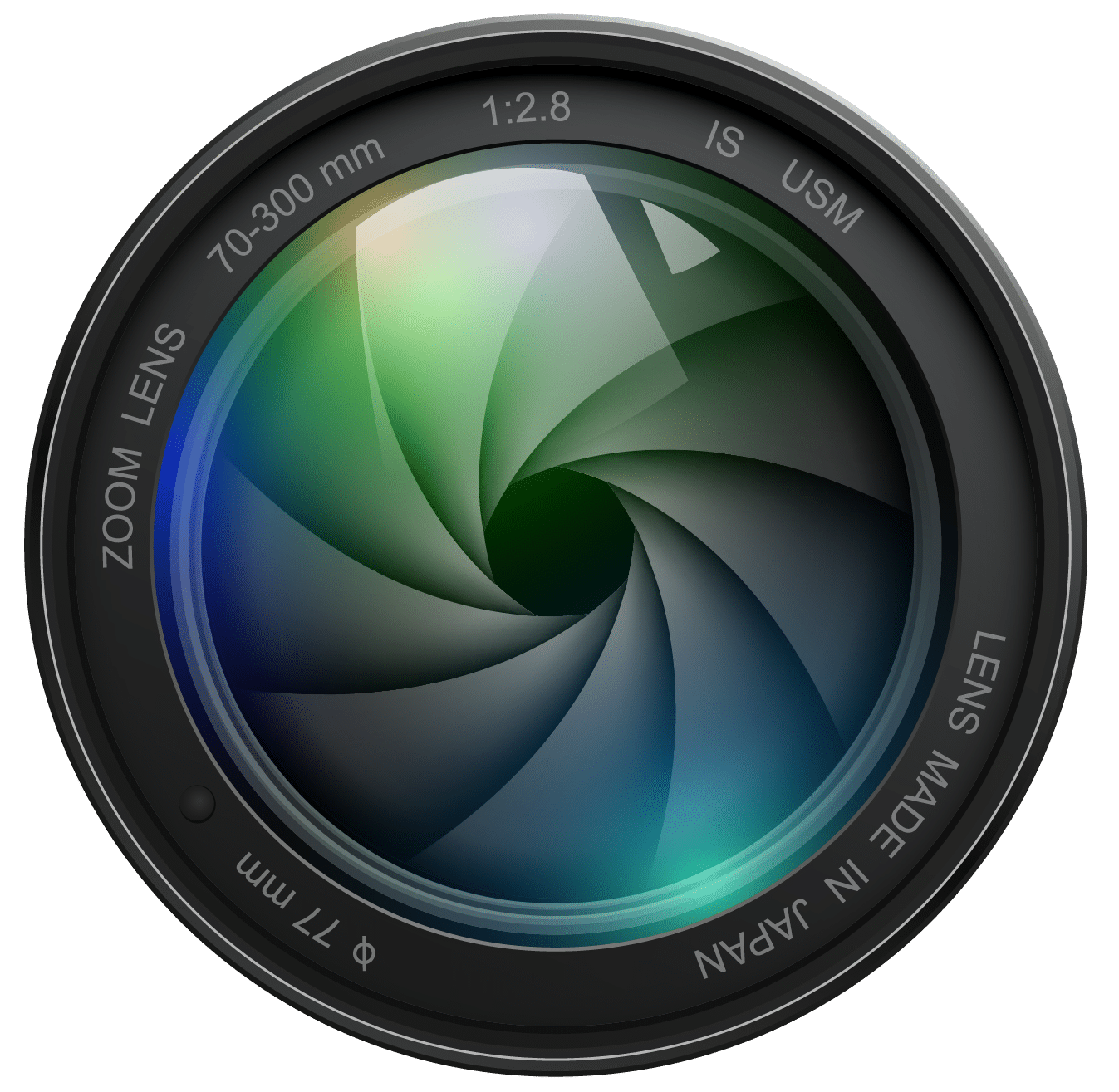35mm Film
Vintage cameras are best

POPULAR MODULES



Film basics

The 35mm format for film was first developed on an experimental scale
in Thomas A. Edison's laboratory more than 120 years ago. Edison's
associate William Dickson created devices for photographing and
viewing moving images on film loops 35mm wide, for which Edison filed
a patent in 1891
Miniature format
In contrast to the plate and roll-film cameras of the early 20th
century, 35mm was regarded as a "miniature format" or "Kleinbild
(KB)". The term is often seen in advertising and other photographic
writings from the era (such as the US magazine title Minicam), but was
also used for cameras that shot the smaller frame formats onto type
No. 127 film, for example the Falcon Miniature. As the quality of film
stocks improved, there was a growing acceptance of 35mm for
professional work; so by the 1960s the term "miniature" had
essentially fallen out of use. Miniature is good as historical term to
distinguish this class of cameras from subminiature and medium format
cameras.
Full Frame
A digital image sensor with the frame size 24×36mm of the standard
35mm film format is called a "full frame" sensor. So just 90 years
after the Leica 0 pre-series its format celebrates a Renaissance since
it's digitally no more limited to some digital SLRs but also available
in digital compact cameras, digital mirrorless system cameras, and
even in the newest digital Leica rangefinder cameras.
Learn more today